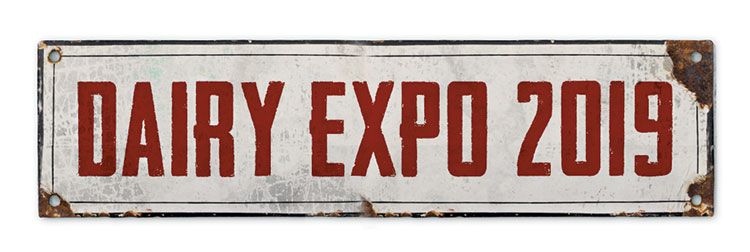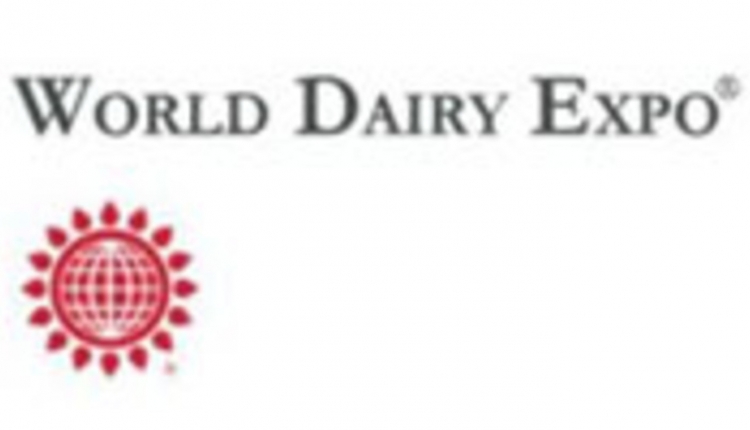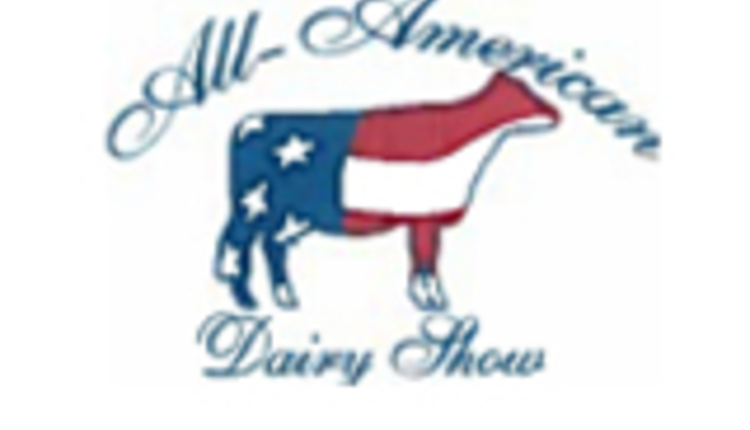
That professionalism and commitment to an honest show has drawn exhibitors to the colored shavings. Through it all, this core focus on ethics has allowed participants an even playing field to display their genetics.
To this day, maintaining the integrity and safety of the animals presented to the judges remains a top priority of the Dairy Cattle Exhibitor Committee, the board of directors, and the staff of World Dairy Expo.
To ensure that exhibitors do not cross the line of unethical showring practices that may harm cows, the ethics committee, made up of dairy cattle breeders, veterinarians, and industry professionals, follow the most up-to-date practices used for showring preparation.
The ethics committee has been a global leader in this arena. For example, World Dairy Expo was the first show to implement the ultrasounding of udders to look for alterations in udder attachments and fullness of quarters of cows. Milk sampling also aided this effort.
Sheila McGuirk, D.V.M., of the University of Wisconsin–Madison Veterinary School has been at the forefront of understanding and evaluating showring practices. She was approached by the Dairy Cattle Exhibitor Committee to investigate the effects of overfilling the udder with milk for show day. With a team of volunteers and Ken Waller, D.V.M., the diagnostic imaging residency director at the University of Wisconsin–Madison Veterinary School, she set out to fill the knowledge gap about overbagging.
“While one component of overbagging is a long interval between milking, other individual cow factors like age, nutrition, environmental considerations such as heat, time standing, function of the valves in milk veins, previous bagging history, and health status also play a role and need to be better understood,” explained McGuirk.
As cows continue to improve in physical appearance through advances in genetics and nutrition, their ability to milk has also progressed. A cow with an udder full of milk will appear to have a higher, wider, fuller rear udder attachment and a longer fore udder attachment. In most cases, this is seen as a benefit in the showring.
However, McGuirk pointed out, “There is an ongoing concern for the health and welfare of cattle. With a long interval between milkings, the accumulation of milk in the udder can cause congestion and create enough pressure that fluid leaks into the tissue.
“The fluid that accumulates is known as edema,” McGuirk elaborated. “When the edema reaches a certain level in the fore udder, rear udder, or udder seam, it is considered overbagging. Cows with overbagging edema showed elevated somatic cell counts, change in rumination behavior, and an abnormally wide hind limb gait in a previous study based on the World Dairy Expo cow show in 2017.”
Better evaluations
In the last couple of years, McGuirk and her team have explored monitoring strategies for overbagging further.
“Ultrasound examination was the standard by which overbagging was detected. Behavior and external udder signs were then correlated to ultrasound findings,” McGuirk said.
“World Dairy Expo has always ultrasounded animals placing in the top half of the milking cow classes. With the study, the percentage of cows ultrasounded was increased to 60 percent in the first year of the study in 2017. The following year, the percentage of cows ultrasounded was bumped to 80 percent of cows exhibited. Cows placing in the lower half of the class were selected by appearance or behavior in the showring by trained observers standing ring side,” said McGuirk, as she explained the process in which the study was conducted.
“With the completion of the statistical analysis of the 2018 data, combined with the 2017 data, it will determine which of the udder appearance and behavior characteristics that were considered best correlated with overbagging edema by ultrasound,” explained McGuirk.
“Ideally, if exhibitors detect signs of overbagging, they will elect to milk the cow rather than take her to the showring. We will continue to have a conference call with the World Dairy Expo judges each year about overbagging prior to the show. We assure them of the support of the overbagging committee and World Dairy Expo to discriminate against cows that are overbagged,” she said.
Again in 2019, the Dairy Cattle Exhibitor Committee and McGuirk plan to monitor the educational efforts about overbagging.








